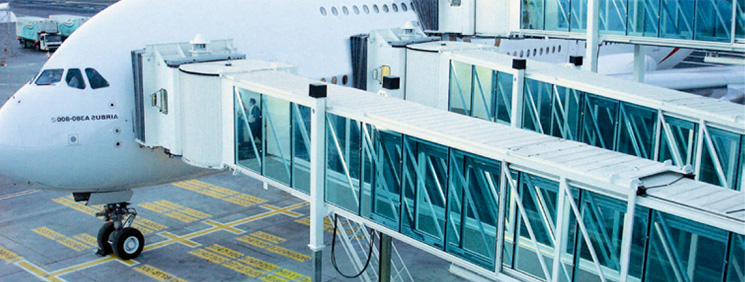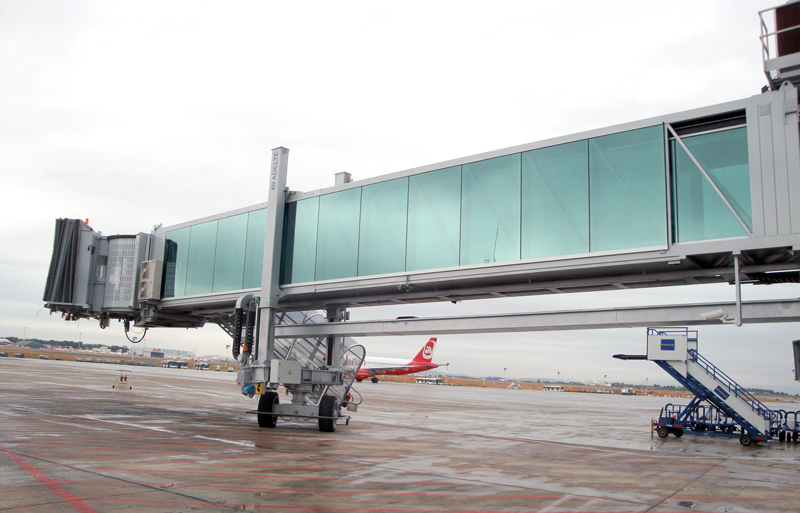With rapid advancements made in robotics and Artificial Intelligence (AI), Singapore Technologies Engineering (ST Engineering) is all set to develop automated passenger boarding bridges in five to six years. This feature will be introduced at Changi Airport which will allow passengers to move from the airport terminal gate to an airplane without being exposed to the weather.
Director of ST Engineering-NTU Corporate Lab Paul Tan said, “In Singapore, during the heavy weather period you could have thunderstorms that may impede a lot of the sensor operations.”
“If it (the bridge) is not docked properly it could add on to delays, and in the worst case it may lead to mishaps which might damage the aircraft,” he said.
Tan added, “By introducing automation, we provide precision control capabilities that allow the bridge to automatically dock to the aircraft regardless of weather conditions, thereby taking away the risk of potential damage or collision with ground vehicles.”
The automated passenger boarding bridges use pre-determined markings based on existing aircraft types to align the bridge with the plane – allowing it to perform under adverse weather conditions at both day and night.
He also observed, “ST Engineering started looking at a whole suite of airport robotics solutions about two years ago when various authorities approached the company to introduce robotics and AI into the airport environment.”
Interestingly, Changi Airport Group (CAG) announced in January, a SGD50 million programme with the Economic Development Board (EDB) to develop solutions in robotics and unmanned systems, among others, in a live airport environment.
Tan added, “As part of ST Engineering’s effort to help Changi Airport in its airport transformation, we are focusing our robotics and intelligence systems on the airport’s air side as well as the terminus side. These systems can be used at both existing and new airport terminals.
Other works in the pipeline include an automated baggage tractor for baggage handling, and a smart wheelchair convoy system. Together with the automated passenger boarding bridge, Tan said he believes the airport would be able to “enhance their productivity by at least 50 per cent.”




